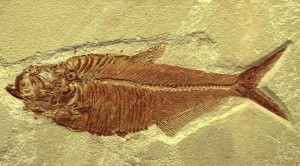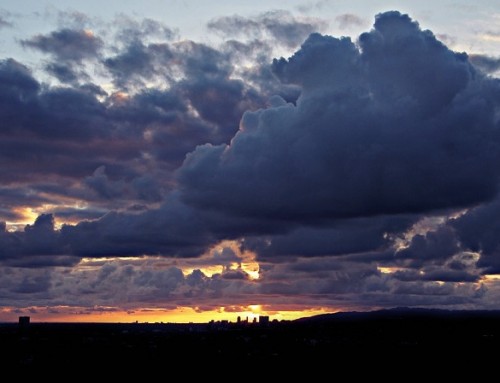 Around 252 million years ago, extreme global warming caused a serious mass extinction of life on Earth, and it has taken life up to 9 million years to recover.
Around 252 million years ago, extreme global warming caused a serious mass extinction of life on Earth, and it has taken life up to 9 million years to recover.
A new study conducted at the University of Cincinnati has found clues as to why this recovery took so long, and according to it, the clues are in the Arctic.
The Great Dying Event as the Permian-Triassic extinction event is known among geologists, accounted for 70 % of terrestrial life and 96% of marine species dying off.
Jochen Knies, researcher at Centre for Arctic Gas Hydrate, Environment and Climate at UiT The Arctic University of Tromsø says, “The mass extinction was likely triggered by an explosive event of volcanic eruptions in what is now Siberia. These eruptions lasted for a million years and emitted enormous amounts of volatiles, such as carbon dioxide and methane, which made our planet unbearably hot.”
Knies is co-author of a study published in Geology that looked for clues in the Arctic as to what limited the return of life to world´s oceans. The results show potential long-term impacts on marine ecosystems in response to global warming.
Knies went on to explain: “What used to be the northwestern continental margin of the supercontinent Pangaea is now Canadian High Arctic. There we found evidence in geological records for a significant nutrient gap during this period. This means that global oceans were severely poor in nutrients such as nitrogen.”
It is thought that the nutrient gap is most probably due to extremely high surface temperatures in the ocean in the wake of the extinction.
Most of us assume that our oceans are a single body of water, but they are actually comprised of layers and boundaries based on temperature (thermocline) and nutrients (nutricline) among others. The high temperatures caused a deepening of the thermocline and nutricline in the ocean which resulted in the cessation of upwelling of nutrients from the bottom of the ocean to the surface, and the stalling of marine algae productivity.
The dearth of algae, which are the base of the food chain, meant that ocean life did not thrive. Boundaries that normally kept the nutrients from reaching the surface were weakened, which allowed the ocean waters to mix and the resultant upswelling of the nutrients resuscitated ocean life and filled the ecosystem voids created by the mass extinction.
The reason why this is important to know is that many scientists feel that humanity is facing yet another mass extinction caused by human activities. The only thing that we can do to stave it off is to take care of our ecosystems, our oceans and our freshwater resources to ensure that there will be sufficient drinking water for our descendants.
Get water cooler london and plumbed water cooler from Living-Water.





